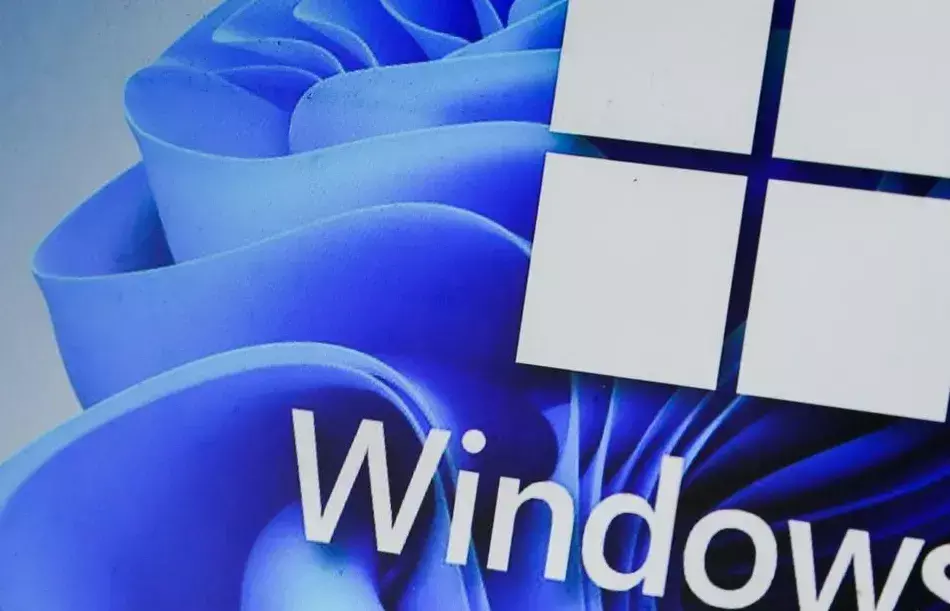Microsoft Stops Updates for Millions of Windows Users: What You Need to Do Now to Stay Secure

Microsoft Stops Updates for Millions of Windows Users: What You Need to Do Now to Stay Secure
Microsoft warns users to switch to passkeys as passwords become obsolete. With rising cyberattacks, act now to secure accounts on Windows 10 and 11.
Microsoft has issued a warning to users about the growing risk of password-related attacks, with a staggering 7,000 attacks on passwords per second now being blocked by the company. With cybercriminals accelerating their efforts to exploit passwords, Microsoft has confirmed that the "password era" is ending. The company has strongly urged users to act quickly, as password deletion is imminent.
Why the Shift to Passkeys?
As password-related attacks continue to increase, Microsoft is pushing users to transition to passkeys, which offer enhanced security compared to traditional passwords. Passkeys are not only faster to use—allowing users to log in with their face, fingerprint, or PIN—but they are also significantly more secure. Unlike passwords, passkeys cannot be easily stolen or compromised in phishing or credential stuffing attacks.
In simple terms, a passkey is a hardware authentication key built into your device, such as your smartphone, tablet, or PC. This allows for secure login without the need to carry a separate physical device. The technology uses biometric data or device-based security to verify your identity, and it's being adopted widely by tech giants like Apple and Google.
How Do Passkeys Work?
A passkey is essentially a cryptographic credential tied to your account on websites or applications. When you use a passkey to log in, you're approving the sign-in using the same method you use to unlock your device. This process eliminates the need to remember usernames or passwords, significantly reducing the chances of a successful cyberattack.
The FIDO Alliance, which sets standards for secure authentication, describes passkeys as being phishing-resistant and secure by design. With no passwords to steal and no sign-in data to exploit, passkeys offer much stronger protection against cyberattacks.
Passkey Adoption on the Rise
Passkeys are being increasingly adopted across platforms, with Microsoft supporting them on Windows 10 and 11, macOS Ventura and newer, ChromeOS, and all iOS 16 or later devices. Android users on version 9 or newer are also supported, as are those using FIDO2 protocol-compatible security keys.
Recent studies show that passkey usage is rapidly growing. According to data from Dashlane, "sticky" apps—such as e-commerce, finance, and social media platforms—are seeing some of the fastest growth in passkey adoption.
In the two years since passkeys were first introduced, FIDO Alliance reports that awareness has risen by 50%, from 39% in 2022 to 57% in 2024. As of now, passkeys are becoming a 99.999% solution for most Microsoft users, significantly reducing the risk of password theft and other types of online attacks.
The Importance of Switching to Passkeys Now
While no security measure is entirely foolproof, passkeys are far more secure than passwords and will help protect you from the growing risk of password-based cyberattacks. Microsoft has already started deleting passwords for millions of users, and the company is encouraging everyone to follow suit.
For users still relying on passwords, Microsoft warns that passwords could still leave accounts vulnerable to phishing attacks if both a password and passkey are used. Microsoft's ultimate goal is to eliminate passwords altogether, ensuring that only phishing-resistant credentials are used to access accounts.
Set Up Your Microsoft Passkey Today
Microsoft has made it easier for users to enable passkeys, which are now supported on popular browsers like Chrome, Safari, and Edge. The company also provides detailed instructions on how to set up passkeys for your Microsoft account, and Windows Hello is available to help you sign in with ease.
With passkey adoption continuing to grow, it’s time for Microsoft users to take action and remove their passwords from their accounts before it’s too late. Don’t wait for the risks to catch up—update your Microsoft security settings today and make the switch to password-free, phishing-resistant logins.
Conclusion: Why You Need to Act Fast
As Microsoft warns, the end of the password era is already here. With 7,000 password attacks per second blocked, and new cyberattack techniques on the rise, passkeys provide a much more secure and convenient alternative to traditional passwords. By transitioning to passkeys, you can protect your accounts from the growing threat of phishing, credential stuffing, and other cyberattacks.
Don't wait—make the switch to passkeys and ensure your accounts are protected for the future.
















